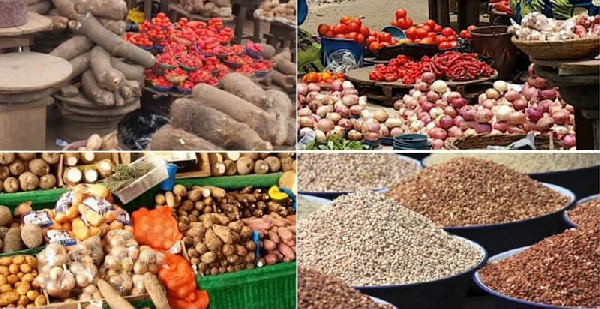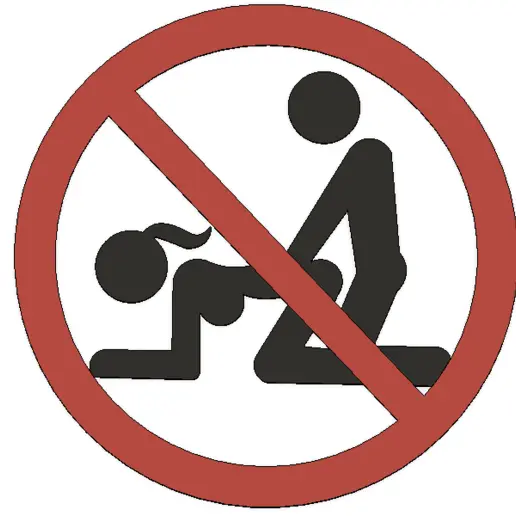Esoko Ghana says all things being equal, food prices in Ghana will fall in July. A few commodities are however expected to see price increases. In June, most commodities recorded high prices.
According to Esoko Ghana in June 2020, imported rice increased by 9.90 percent to end the month at GHS404.00 per 50kg bag with local rice reducing by 2.49 percent to close at GHS 336.29.
Pona (a yam variety) increased by 6.65 percent, ending the month at GHS 892.67 per 100 tubers. This translates to one tuber of yam costing approximately GHS 9.00. Gari however increased by 3.10 percent to end the month at GHS 242.14 per 68 kg bag also translating to GHS3.56 per one kilo of gari.
Cowpea (white) also increased by 6.03 percent to close at GHS 452.00 per 109kg per bag with shelled groundnut increasing by 2.93 percent to close at GHS582.29 per 82kg bag.
Wheat also increased by 1.54 percent, ending the month of June at GHS 304.20 per 50 kg bag while maize also increased by 0.52 percent to close at GHS 167.14 per 100 kg bag at the end of June. This makes maize a cheaper option for breakfast than wheat and rice.
Cassava made the highest gain of 12.99 percent to close the month at GHS 158.00 per bag. The price of tomato, however, reduced by 42.99 percent, selling at GHS 532.00 per crate at the end of June.
Prices expected to fall in July
The likely fall of food prices in July was confirmed by Mr. Francis Danso Adjei, the content manager of ESOKO in a radio interview monitored by Ghana Talks Business. Despite the record of high prices in June, Francis Danso Adjei said “we arrived at that conclusion because over the years when you study the trend, anytime that we enter the month of July, moving towards August, you’ll see commodity prices dropping and this is as a result of…most of the farmers and traders would want to release the old stock that they had and make preparation for the harvest in August.”
ALSO READ: COCOBOD to close down its Accra offices after workers test positive for COVID-19
The impact this will have is that as the farmers and traders release their old stock into the market, prices will fall to clear the stock. This stems from a principle in Economics when there’s an increase in supply. The increase will create competition among the traders or sellers which will reduce the price.
When asked about the specific commodities that will experience a rise and a fall in price, Francis Danso Adjei said prices of cowpea, yam, and cassava is still expected to rise. He further added that the rain setting in is expected to create “a challenge” in food supply and distribution “in a lot of the rural areas…especially if they are vegetables…” He said the situation will affect the prices when the commodities finally get on the market.
This is a heartwarming development considering the frosty bite of COVID-19 on the general economy, on transportation of food and on disposable incomes. Food price reductions would also cushion families a bit against the ever galloping fuel prices at the fuel pumps.




















